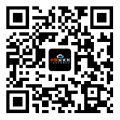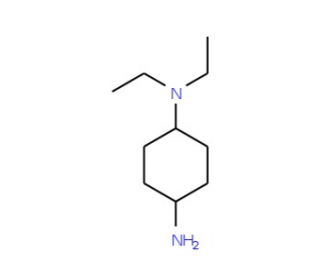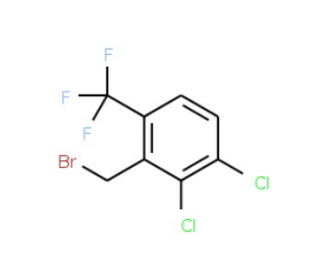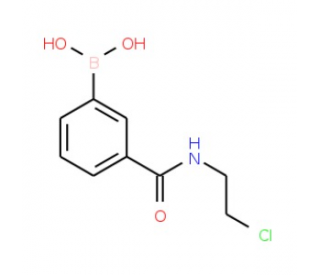详细说明
Species Reactivity
Human
Specificity
Detects human IGSF4C/SynCAM4 in direct ELISAs and Western blots. In direct ELISAs and Western blots, approximately 10% cross‑reactivity with recombinant human (rh) IGSF4B is observed and less than 1% cross‑reactivity with rhIGSF4D is observed.
Source
Polyclonal Goat IgG
Purification
Antigen Affinity-purified
Immunogen
Mouse myeloma cell line NS0-derived recombinant human IGSF4C/SynCAM4
Gln25-Tyr323
Accession # Q8NFZ8Formulation
Lyophilized from a 0.2 μm filtered solution in PBS with Trehalose. *Small pack size (SP) is supplied as a 0.2 µm filtered solution in PBS.
Label
Unconjugated
Applications
Recommended
ConcentrationSample
Western Blot
0.1 µg/mL
Recombinant Human IGSF4C/SynCAM4 (Catalog # )
Flow Cytometry
2.5 µg/10 6 cells
See below
CyTOF-ready
Ready to be labeled using established conjugation methods. No BSA or other carrier proteins that could interfere with conjugation.
Please Note: Optimal dilutions should be determined by each laboratory for each application. are available in the Technical Information section on our website.
Data Examples
Flow Cytometry | Detection of IGSF4C/SynCAM4 in A172 Human Cell Line by Flow Cytometry. A172 human glioblastoma cell line was stained with Goat Anti-Human IGSF4C/SynCAM4 Antigen Affinity‑purified Polyclonal Antibody (Catalog # AF4164, filled histogram) or control antibody (Catalog # , open histogram), followed by Phycoerythrin-conjugated Anti-Goat IgG Secondary Antibody (Catalog # ). |
Preparation and Storage
Reconstitution
Reconstitute at 0.2 mg/mL in sterile PBS.
Shipping
The product is shipped at ambient temperature. Upon receipt, store it immediately at the temperature recommended below. *Small pack size (SP) is shipped with polar packs. Upon receipt, store it immediately at -20 to -70 °C
Stability & Storage
Use a manual defrost freezer and avoid repeated freeze-thaw cycles.
12 months from date of receipt, -20 to -70 °C as supplied.
1 month, 2 to 8 °C under sterile conditions after reconstitution.
6 months, -20 to -70 °C under sterile conditions after reconstitution.
Background: IGSF4C/SynCAM4
IGSF4C is an immunoglobulin superfamily member that is also known as Nectin-like protein 4 (Necl-4), synaptic cell adhesion molecule 4 (SynCAM4), or tumor suppressor in lung cancer-like 2 (TSLL-2) (1, 2). The four IGSF4 proteins, designated A, B, C and D, are type I transmembrane glycoproteins expressed mainly in neurons, but also in lung, kidney, bladder, prostate and testis (1‑5). Their extracellular domains (ECD) share 35‑50% amino acid (aa) identity and each contain one V‑type Ig-like and two C2-type Ig-like domains. These domains are responsible for Ca++-independent homophilic and heterophilic interactions. The 388 aa human IGSF4C contains a 20 aa signal sequence, a 304 aa ECD that shares 98‑99% amino acid identity with mouse, rat, canine and bovine IGSF4C, a 21 aa transmembrane sequence, and a 43 aa cytoplasmic domain. The apparent size of mouse or human IGSF4C may be variably reported as 48‑67 kDa, probably due to differences in glycosylation (2, 5, 8). In the peripheral nervous system, IGSF4C is expressed on Schwann cells, and its internodal interaction with IGSF4A (Necl-1, SynCAM-3) on axons is critical for adhesion and myelination (6‑8). In the brain, all IGSF4 family members are expressed at high levels concurrent with synapse formation (4). In the cerebellum, IGSF4C is expressed on Purkinje cells, with complementary expression of IGSF4 on granule cells (4). Heterophilic interaction with IGSF4D (Necl-3, SynCAM2) has also been identified, but homophilic interaction is unlikely (4, 6). IGSF4C is also proposed as a tumor suppressor that is downregulated in many prostate cancers and gliomas (1, 5).
References:
Fukuhara, H. et al. (2001) Oncogene 20:5401.
Biederer, T. et al. (2006) Genomics 87:139.
Takai, Y. et al. (2008) Nat. Rev. Mol. Cell Biol. 9:603.
Thomas, L. A. et al. (2008) J. Comp. Neurol. 510:47.
Williams, Y. N. et al. (2005) Oncogene 25:1446.
Fogel, A. I. et al. (2007) J. Neurosci. 27:12516.
Spiegel, I. et al. (2007) Nat. Neurosci. 10:861.
Maurel, P. et al. (2007) J. Cell Biol. 178:861.
Long Name:
Immunoglobulin Superfamily, Member 4B
Entrez Gene IDs:
199731 (Human); 260299 (Mouse)
Alternate Names:
CADM4; cell adhesion molecule 4; IGSF4C; IGSF4Cnectin-like 4; Immunoglobulin superfamily member 4C; immunoglobulin superfamily, member 4C; Necl-4; NECL4synCAM4; Nectin-like protein 4; SynCAM4; TSLC1-like 2; TSLC1-like protein 2; TSLL2; TSLL2SynCAM4










 粤公网安备44196802000105号
粤公网安备44196802000105号